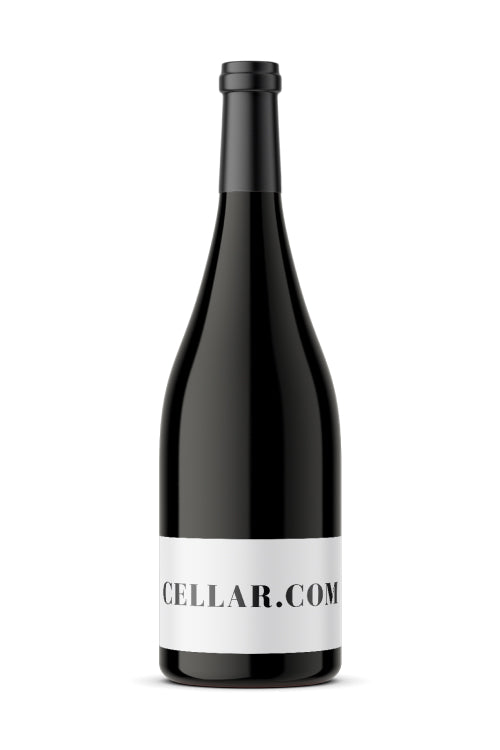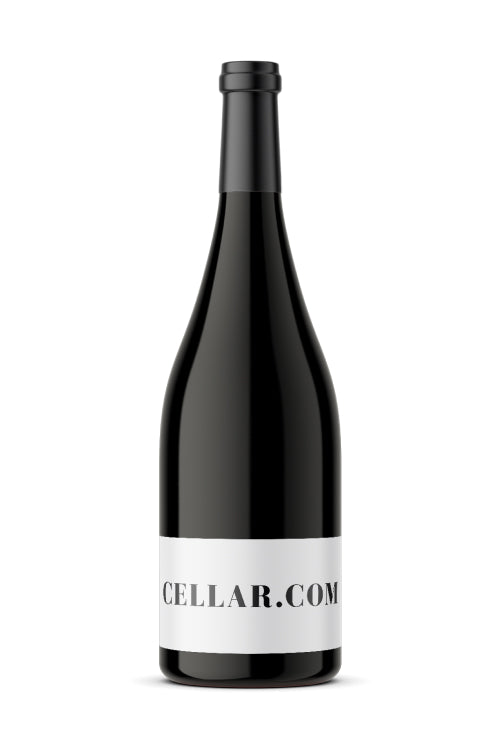1
/
of
1
Numanthia Termes - 2020 (750ml)
Numanthia Termes - 2020 (750ml)
Regular price
$19.99
Sale price
$19.99
Regular price
$23.99
Unit price
/
per
The 2006 Termanthia is a glass-staining opaque purple color. The aromatics are a bit taciturn at the moment but with coaxing, brooding black fruits, wood smoke, pencil lead, tar, espresso, and blackberry aromas emerge. On the palate, the wine is large-scaled, dense, and nearly impenetrable. The fruit is there; it is just densely packed and tightly wound. Give it a decade in the cellar and start drinking it from 2020 through 2046.
Wine Advocate - 96+ points
Wine Advocate - 96+ points
Availability:
2 In Stock
$25 Shipping on Orders +$299
Couldn't load pickup availability
Share :

- varietal
- Region
- Sub - Region
- Type
- Reviews
Product Review
The 2006 Termanthia is a glass-staining opaque purple color. The aromatics are a bit taciturn at the moment but with coaxing, brooding black fruits, wood smoke, pencil lead, tar, espresso, and blackberry aromas emerge. On the palate, the wine is large-scaled, dense, and nearly impenetrable. The fruit is there; it is just densely packed and tightly wound. Give it a decade in the cellar and start drinking it from 2020 through 2046.
Product Score
96
Coined by Jancis Robinson as "Spain’s answer to Cabernet Sauvignon," its style varies significantly depending on terroir and the wine-making techniques used. Cooler regions and stainless steel fermentation tend to produce Tempranillos with fresh strawberry and cherry like fruit, similar in body to Pinot Noir. Examples from hotter, more arid regions that undergo extended oak aging often produce richer, plumper, jammier wines, typically exhibiting chocolate, tobacco, and leather notes. Tempranillo provides the backbone of the highly regarded wines of Rioja, Toro and Ribera del Duero. In Rioja particularly, it is typically blended with Garnacha (Grenache), Mazuelo (Carignan) and Graciano. In La Mancha and Navarra, it is commonly blended with Cabernet Sauvignon and Merlot to produce inexpensive, great-value wines. One of the few places Tempranillo has spread to is Spain’s neighbour, Portugal. Grown mainly in the Douro valley since the mid 19th century, where they call it Tinta Roriz, it is used as one of the key blending agents in port. Lately it has been used in the region's intensely rich, dry, table wines.
NULL
Red wine is wine made from dark-coloured grape varieties. The color of red differs based on the grapes variety or varieties used.Interestingly, black grapes yield a juice that is greenish-white. The actual red color comes from anthocyan pigments (also called anthocyanins) from the skin of the grape (exceptions are the relatively uncommon teinturier varieties, which produce a red colored juice). Most of the production centers around the extraction of color and flavor from the grape skin.


